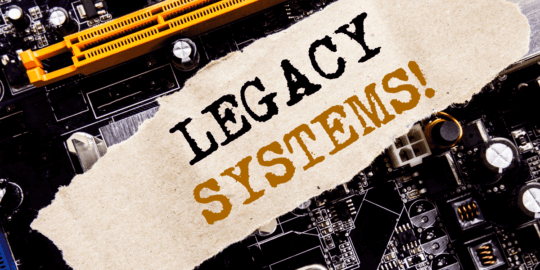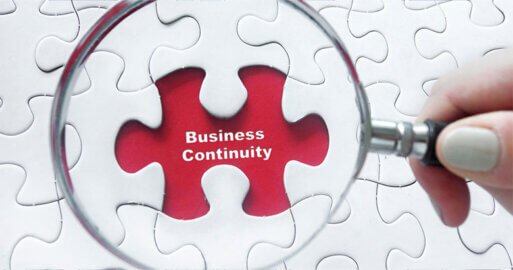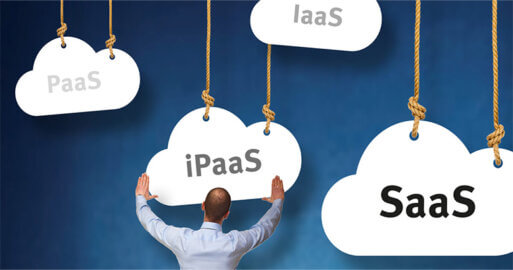iPaaS helps increase automation
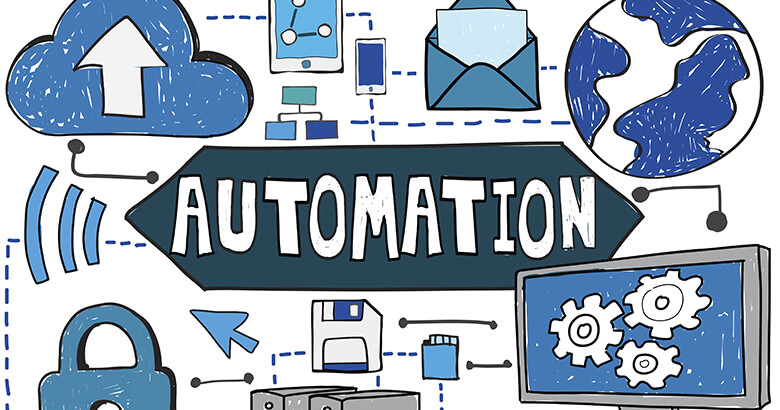
With iPaaS, you can drive the expansion of automation in your company. In this post you will learn why process standardization is essential and what the advantages of an HIP strategy over ESP and point-to-point solutions are. Increase efficiency and reduce costs – with automation and standardization brought by an iPaaS solution.
In Part I of our blog series, we introduce the hybrid integration platform (HIP) approach and explain how an iPaaS solution can complement your cloud strategy. In Part II, we discuss the benefits of an iPaaS solution in terms of your business continuity management. Part III deals with application integration and explains how it can be orchestrated quickly and easily. In Part IV we discuss multi-tenancy and scalability. Here is Part V, and the next reason why iPaaS should be the heart of your cloud strategy:
iPaaS helps increase automation
Automation solutions for companies are becoming more and more popular in a wide range of industries because, not only can they solve process automation challenges and reduce costs, they increase efficiency across the business, from bookkeeping and accounting to sales and customer service. However, this approach often leads to silos, when one team uses the tool to automate its own processes without knowing the solution could help other departments in the company.
 iPaaS: Standardization before automation
iPaaS: Standardization before automation
Therefore, the most important prerequisite for automation is standardization, i.e. the harmonization of systems, applications and processes. To achieve this, you need a solution that features central user administration, a general operating concept or compliance requirements, and more.
Achieving a high degree of automation also requires a high degree of flexibility. Your integration solution must be able to cover many different integration scenarios. But even with iPaaS, automation does not just happen. The foundation for automation must be laid within the framework of an integration project. This requires good planning, and the implementation must provide precautions in case of errors. Error handling is considered the most important discipline of automation.
In order to handle integration projects as efficiently as possible, the creation and consistent use of process templates is worth the time and effort. This allows basic processes and resources to be shared, and uniform error handling to be regulated. Furthermore, implementations remain lean and uniform. With this approach, most of the documentation is also automatically completed. And last but not least, it is important to maintain a view of everything, i.e. what is running where.
The following section compares iPaaS, ESB and point-to-point technologies and provides our view on what is most important for your business in the cloud age.
Hybrid Integration Platform (HIP) Strategy & Automation: iPaas vs ESB and Point-to-Point Solutions
When selecting processes and technologies, you should always follow an overall HIP approach. Otherwise we find that companies tend to fall back on traditional approaches such as Enterprise Service Bus (ESB) or Point-to-Point, because they are familiar. What happens is that ESB and Point-to-Point solutions quickly become complex with an increasing number of interfaces, they are difficult to maintain, can have unstable operation, and they require regular installation of new software releases and skilled personnel. Above all, it is easy to lose sight of the big picture: “What have we got? What do we still need?” And, if errors occur, it is difficult and time-consuming to find and correct them.
ESB solutions are designed to operate on-premises making SaaS operations difficult. In addition, since ESB solutions are built to operate on-premises, it can become a single point of failure. This is because these solutions often do not have as many redundant resources as their cloud equivalents, such as in the event of disruptions or performance peaks. In addition, personnel require specific training to use the technology.
Even for point-to-point integrations, which are often highly individualized and poorly documented, skilled employees are essential. If these employees leave the company, you can have some major issues down the road.
All of this undermines the basic idea of automation – which you’ll need as you continue along the path to digitalization.
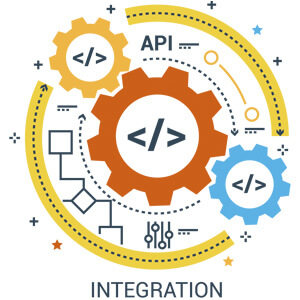 HIP Strategy & Automation: Advantages of the iPaaS Approach
HIP Strategy & Automation: Advantages of the iPaaS Approach
If, on the other hand, the integration is done with an iPaaS solution, processes are fully and comprehensively documented and can be called up at any time. Much of the process happens automatically. For example, connected software systems exchange data automatically via APIs. Webhooks can be used if actions are to be triggered on an event-based and real-time basis (e.g. an automatic confirmation e-mail after an e-shop order).
Another example is faster onboarding made possible with iPaaS. B2B networks are updated frequently and regularly. When you add new partners such as customers, manufacturers, suppliers and 3PL service providers, you often need them to be connected within days or hours. Since many different systems have to communicate with each other during onboarding, it can be an error-prone and time-consuming task. Web-based integration platforms have made onboarding much easier. With the existing process templates in an iPaaS solution, users can configure more than 90% of the required integration scenarios without writing a single line of program code. Configuration is done via Web interfaces and forms.
Good iPaaS solutions also offer APIs to integrate the platform directly into internal company processes, including API management. The configuration itself is managed via input masks, so that many user errors can be eliminated. The quality and speed of new connections and changes increases, while project costs decrease.
In addition, iPaaS has been designed from the outset to operate in the cloud and therefore has stable and standardized core components. Thus, availability and reliability are significantly higher due to redundant data centers and permanent data mirroring in conjunction with the configuration of the platform components. In addition, operation does not require specialist personnel.
Read the complete story in E3 Magazine
Thank you for your message
We appreciate your interest in SEEBURGER
Get in contact with us:
Please enter details about your project in the message section so we can direct your inquiry to the right consultant.
Written by: Uwe Heber
Uwe Heber is one of the two corporate information security officers at SEEBURGER and has been with the company since 2000. He has 22 years of experience in consulting, support, contract management, cloud operations and information security for enterprise application integration, EDI, B2B, MFT, API, ITSM and digital transformation - both on on-premises systems and from the cloud. He is involved in the ISO/IEC 27001, ISAE 3402 (SOC 1) Type 2 and TISAX certification for SEEBURGER Cloud Services and knows all about the intricacies of compliant data centre operations in international environments.


